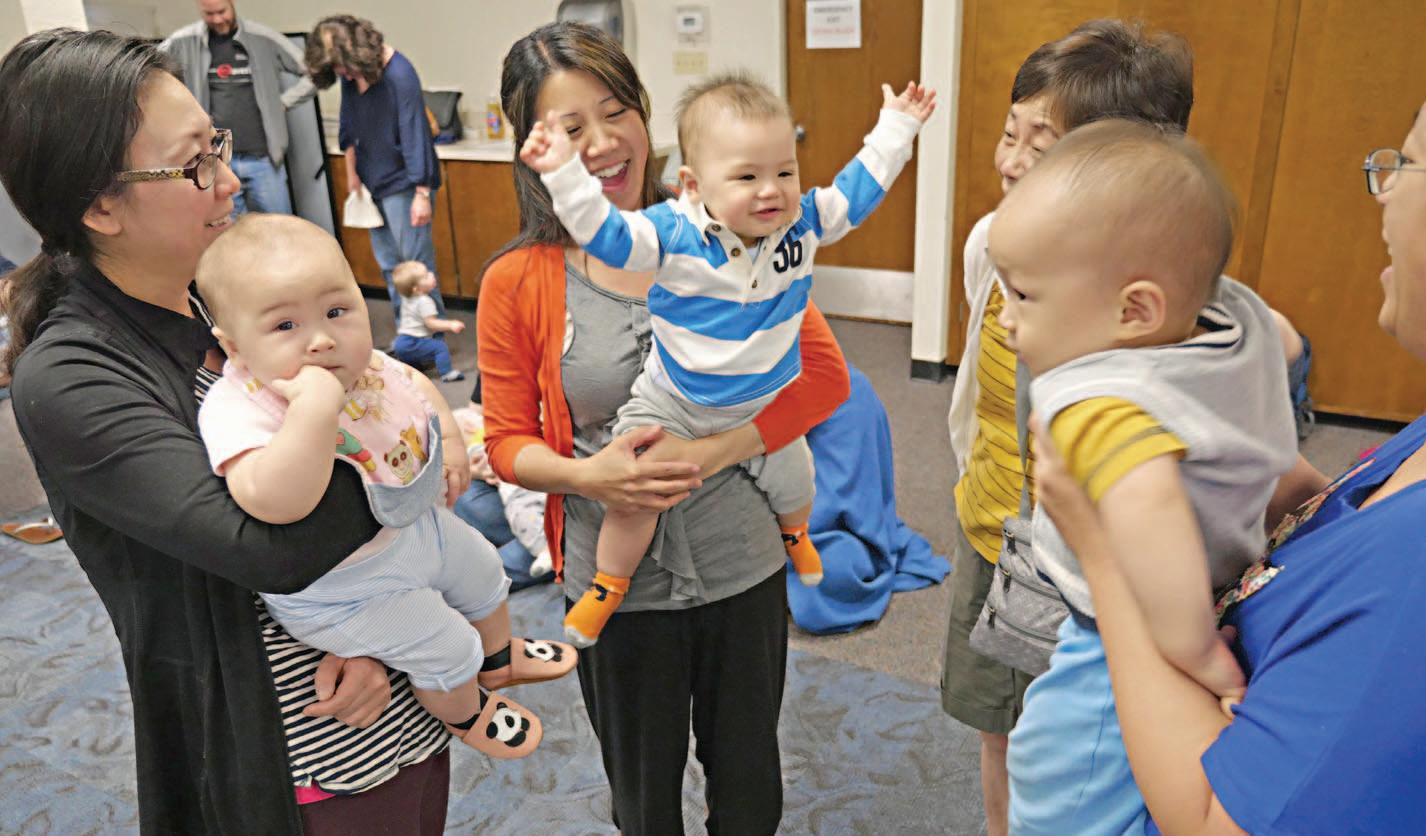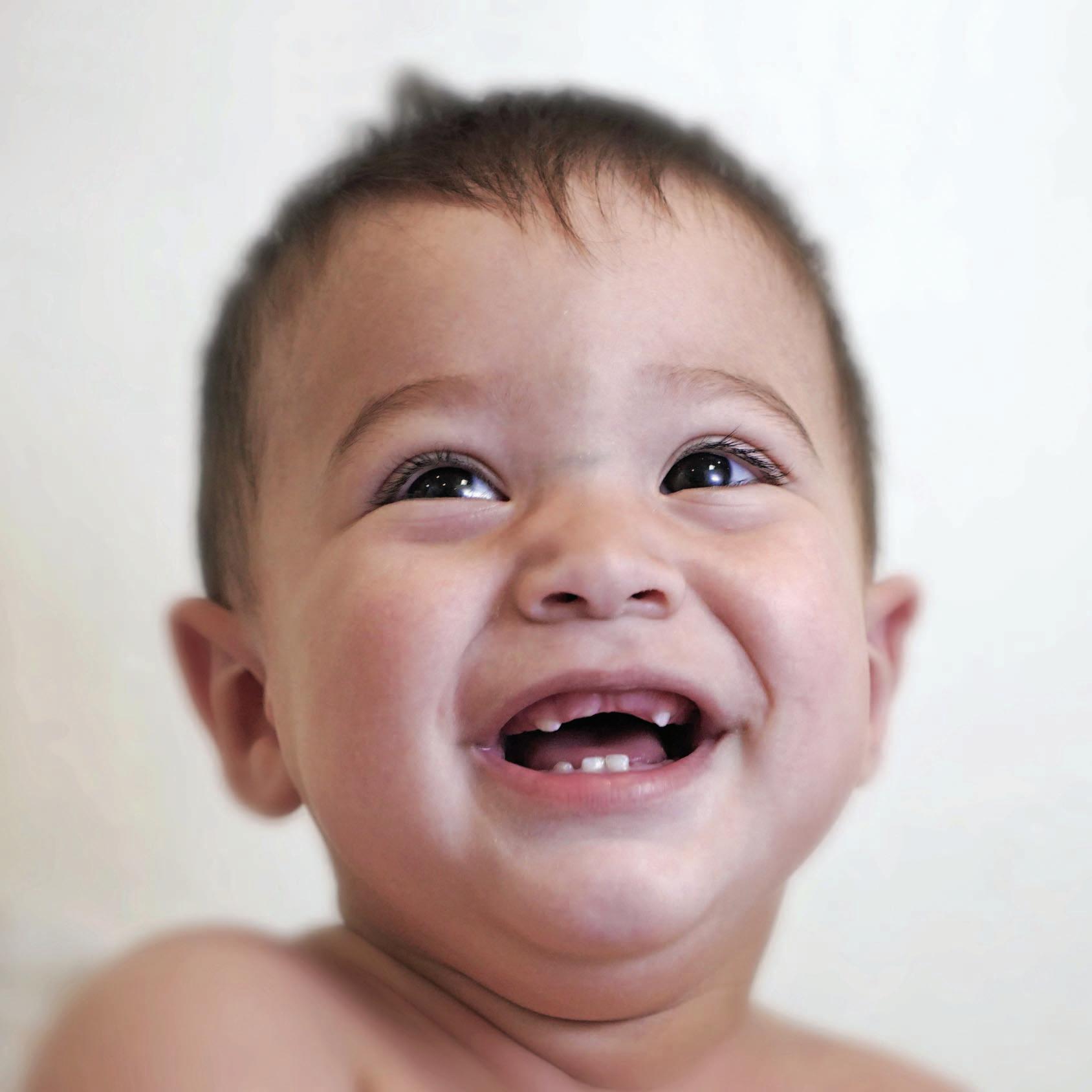
4 minute read
UNS POK EN
Nothingbeats ababy’ssmile. Through these first expressions and baby signs, infants converse with theirparents before they learntotalk.
STORY BY JULIA PRODIS SULEK PHOTOGRAPHS BY JIM GENSHEIMER
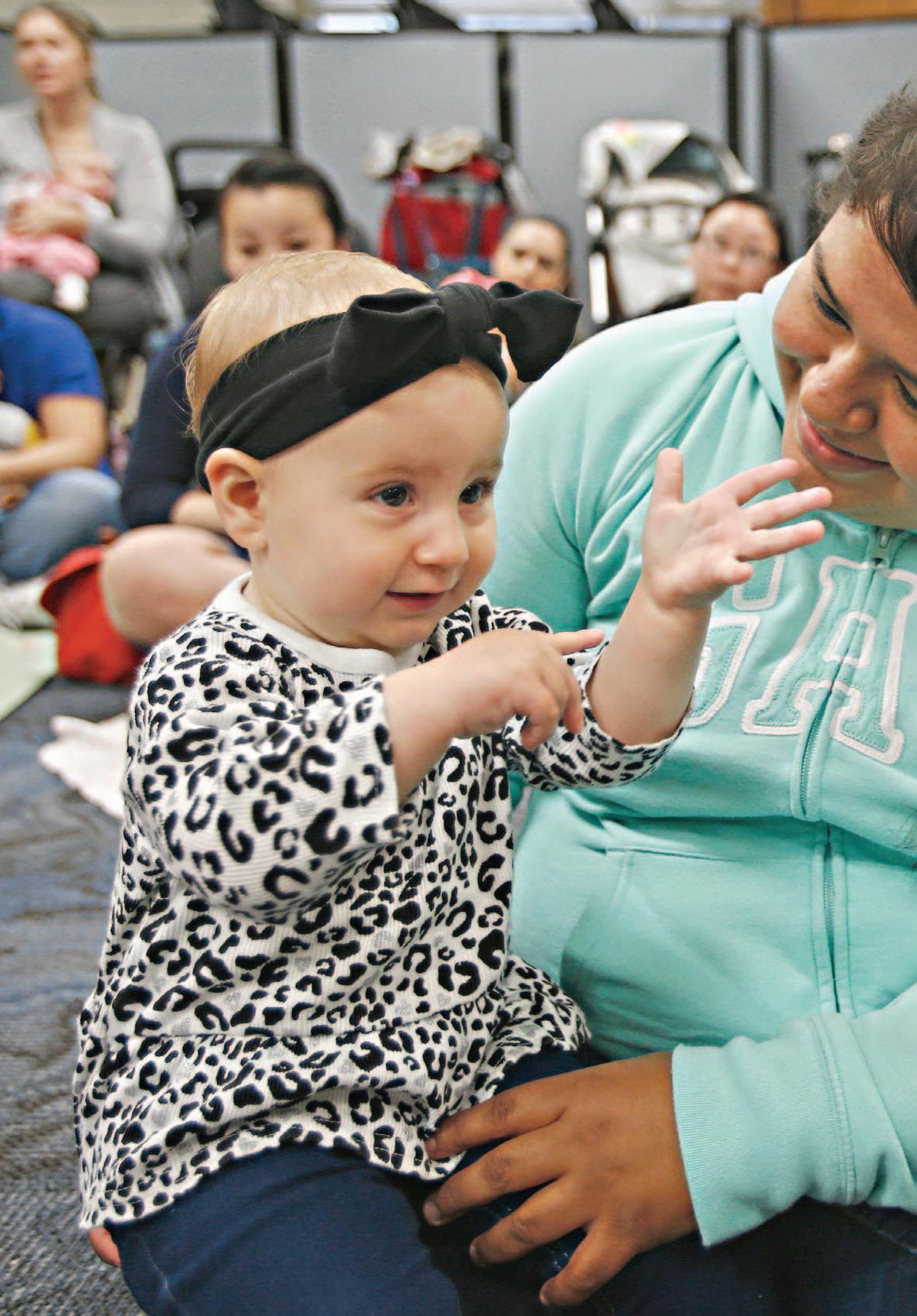
Babies’ first smiles have always been joyous milestones, the first real signal that they are social beings reaching out to actively engage with their parents.
Increasingly, however, parents want even greater communication with their infants. Long before their children can utter their first words, parents are teaching them baby sign language.
Hungry? Tap fingers to the mouth
More? Tap fingers on both hands together
Milk? Squeeze your hand like you’re milking a cow.
Turns out, infants are far more capable than many of us thought and parents in the highly competitive Bay Area are filling libraries and baby centers for workshops and buying baby sign language kits
For the kind of parents who play Mozart when their babies are in the womb and groom their children to be Ivy Leaguers, studies showing that baby signs raise IQs are irresistible.
“In Silicon Valley, where everyone is taking their kids to swimming classes and music classes, you don’t want to be left behind,” says Cheri Binkley, who with her husband, Peter both of them emergency room physicians brought their twin 9-montholds to the Campbell Library for the baby sign language class one recent morning. “You want your kid to have every advantage to succeed and be intellectual.”
“I just want them to be happy,” Peter chimes in.
Angeline Lopez, of Campbell, and her baby, Lylah, shown here at 11 months, learn to sign during a class at the Campbell Library. Previous page: Ethan Schaetzle, 1, at home in San Jose.

THE FIRST SIGN OF A HAPPY baby? The smile — and that usually comes through by about 2 months. Before they can wave bye-bye or gesture for milk, babies develop their first social relationships by grinning And really, what parent can’t smile back? What researchers have found, however, is that babies and caregivers develop a rhythm to their smiles babies take turns smiling as parents smile back.
“There’s a basic rhythm of communication,” says Daniel Messinger, psychology professor at the University of Miami, who has studied the significance of baby smiles. “Finding that one person starts and stops smiling, and the other does the same, it’s the beginning of the social patterns that later become part of the pattern of language.”
By 8 months, he says, babies smile when they’re looking at a toy, then turn that smile toward the adult.
“It seems like they’re sharing their positive experience with the adult,” Messinger says.
And soon after, that form of communication can expand to include gestures.
NOT ONLY CAN BABY SIGNS relieve frustration and diminish tantrums, they encourage a deeper connection between babies and parents — especially with fathers, who often don’t share the intimacy with their babies that breastfeeding mothers do.
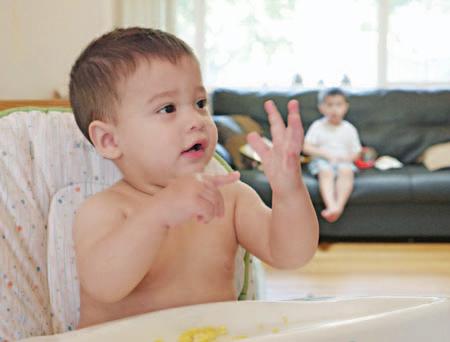
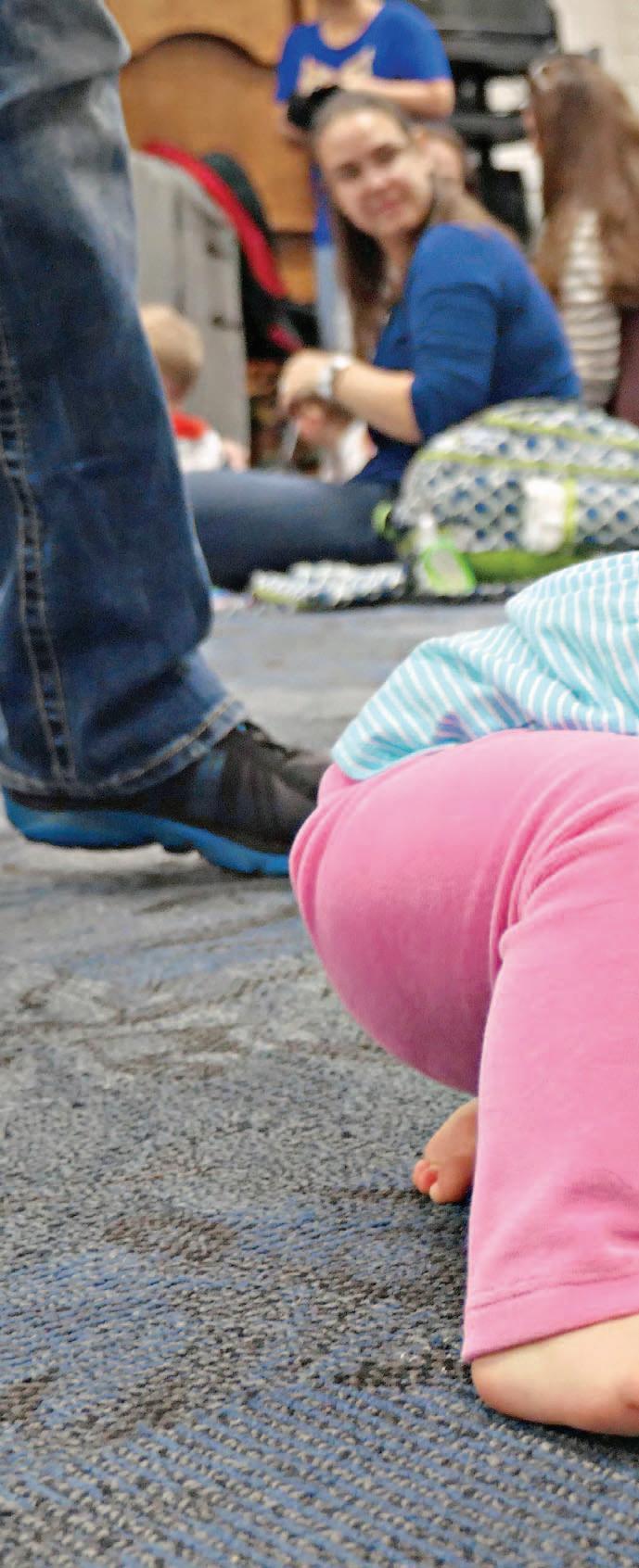

“Before children talk, there’s not a lot of expectation of what they know and what they can feel, what they can think,” says Claire Vallotton, professor of human development and family studies at Michigan State University With baby signs, she says, “parents are thinking about their children as thinking, feeling people, and that is happening earlier”
Some parents haven’t bought into the baby signing precepts.

Tony Hoang attended the class at the Campbell Library with his 1-year-old son, Justin, thinking it was just a simple story-time session.
“I’m new to all this stuff,” Hoang says “I’m like, eh I can tell when he’s hungry He’ll cry”
Baby signing was pioneered in the 1980s, when UC Davis psychology professor Linda Acredolo and Cal State-Stanislaus professor Susan Goodwyn found that signing babies “scored higher in intelligence tests, understood more words, had larger vocabularies and engaged in more sophisticated play” Their 1996 book, “Baby Signs,” sold more than 400,000 copies.
Two-year-olds who had used baby signs, the researchers found, knew about 50 more words than the children who didn’t. By the time they were 8, even though they had long stopped signing, studies found their IQs were 12 points higher than those who didn’t sign, putting them in the top 25 percent of their age group.
Stefanie Jatta Teaches
the free signing class at the Campbell and Los Altos libraries always packed — based on the gestures used in American Sign Language
“When I started using signs for my own children I was almost, not embarrassed, but almost afraid to use signs at the park, afraid people might think my child couldn’t hear, that they had issues and were different,” Jatta says. “Really, I was doing signs because it was easier to commu- nicate. When they were finished swinging, they would sign that they were ‘all done,’ and I knew they were finished with the swings. Instead of having them scream and trying to figure out what they wanted, I knew”
The age to begin signing differs by the child, and while parents can start modeling signs earlier, babies often don’t have the ability to sign back until they are at least 6 to 9 months old.
“Sometimes people start too early and don’t see results right away,” Jatta says, “and they come to me and say their little one is 4 months old and all he does is stare at me You’re not going to see results if they don’t have the capability.”
For Paul and Socorro Schaetzle, every moment is precious. Six days before their Ethan, 1, was born, Socorro was diagnosed with a brain tumor Amid the many visits to the doctor and radiation treatments, Ethan’s first smile was an important moment.
“It’s my sunshine,” Socorro says. “It was my motivation to not give up and keep going for both of them, my reason to be alive.”
The baby signing, which they began when their 3-year-old, Leonardo, was an infant, is also making what are often trying times a bit calmer and more rewarding
“It puts away so much frustration ‘Are you crying because you want to sleep or because you want milk?’ ” Socorro says “Every moment, every day you can communicate with them, you have happier moments”
